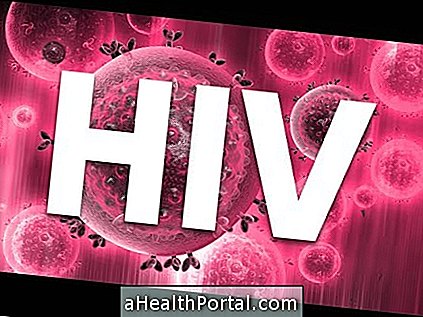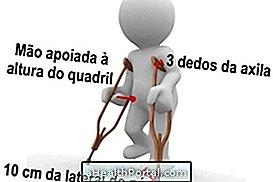A diet rich in fiber facilitates the functioning of the intestine, reducing constipation and helping to lose weight because the fibers also decrease appetite.
In addition, a diet rich in fiber is also important to help fight hemorrhoids and diverticulitis, but in these cases it is essential to drink 1.5 to 2 liters of water per day to make it easier to expel the stool.
To learn more about ending hemorrhoids see: What to do to stop hemorrhoids.

Some examples of high fiber foods are:
- Cereal bran, All Bran cereals , wheat germ, roasted barley;
- Black bread, brown rice;
- Almond in shell, sesame;
- Cabbage, Brussels sprouts, broccoli, carrots;
- Passion fruit, guava, grape, apple, tangerine, strawberry, peach;
- Kidney beans, peas, fava beans.
Another food that is also rich in fiber is flaxseed. To add an extra dose of fiber to the food just add 1 tablespoon of flaxseed to a bowl of yogurt and take it daily. To learn more about fiber rich foods see: Foods rich in fiber.
High fiber diet menu
This high fiber diet menu is an example of how to use the foods listed above in a day.
- Breakfast - All Bran cereal with skim milk.
- Lunch - chicken fillet with brown rice and carrot salad, chicory and purple cabbage seasoned with olive oil and vinegar. Peach for dessert.
- Snack - black bread with white cheese and strawberry juice with apple.
- Dinner - grilled salmon with boiled potatoes and brussels sprouts seasoned with olive oil and vinegar. For dessert, passion fruit.
With this menu it is possible to reach the recommended daily dose of fiber, which is 20 to 30 g per day, however, before starting any diet is advised with the doctor or nutritionist.
Here's how to use the fiber to lose weight in our next video:

See how eating can harm health in:
- Find out which are the most common eating disorders that harm health
Eating sausage, sausage and bacon can cause cancer, understand why
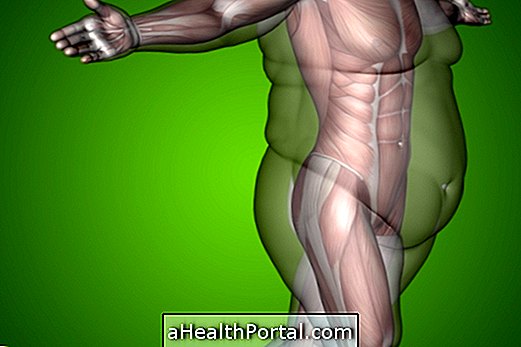
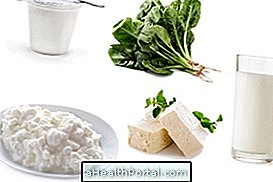
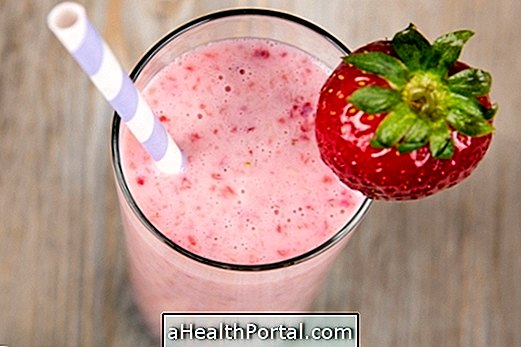
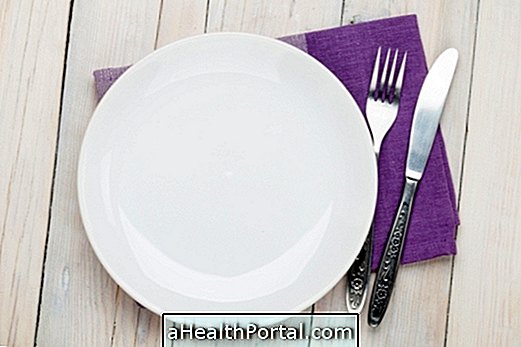

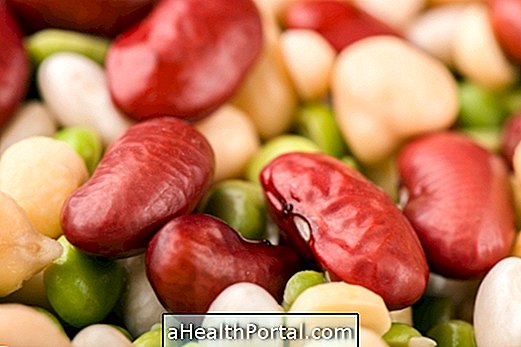



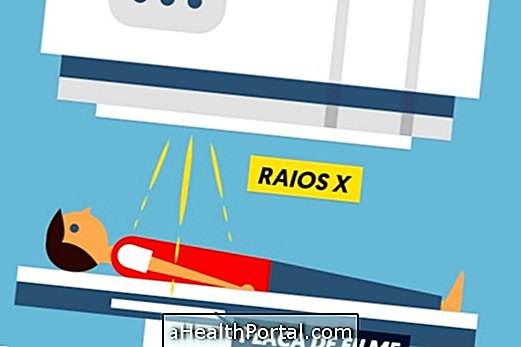



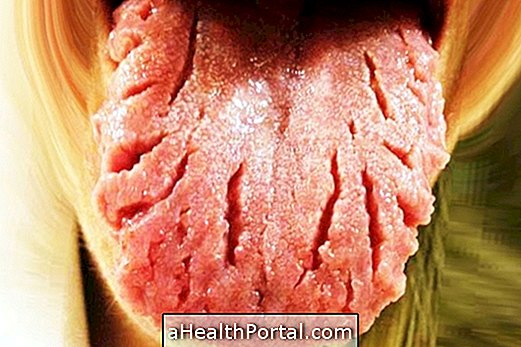
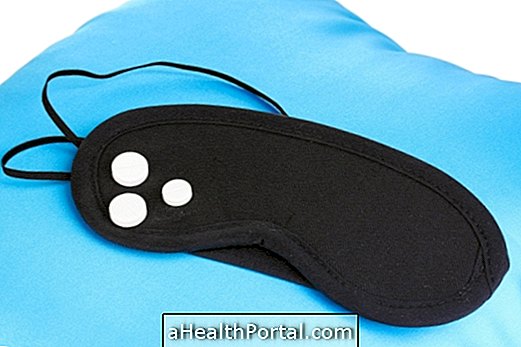

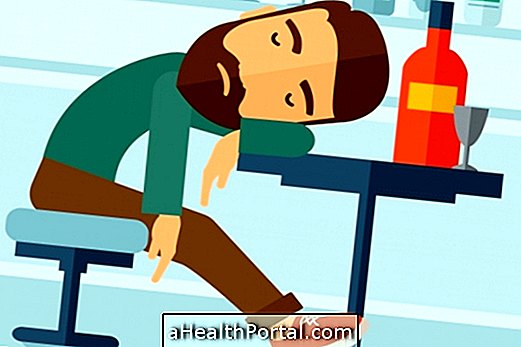



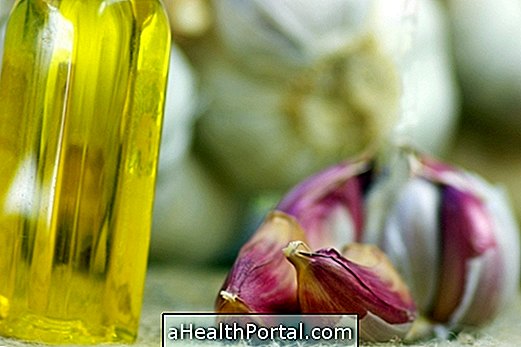
-o-que--causas-e-tratamento.jpg)
